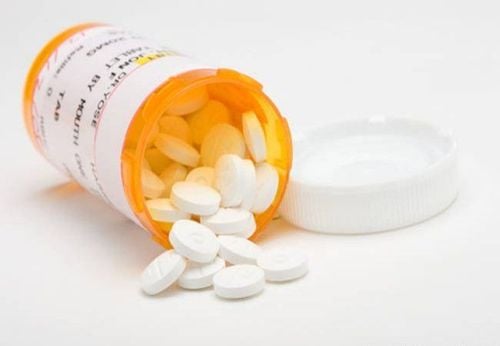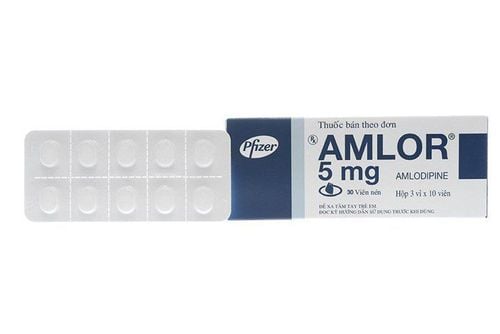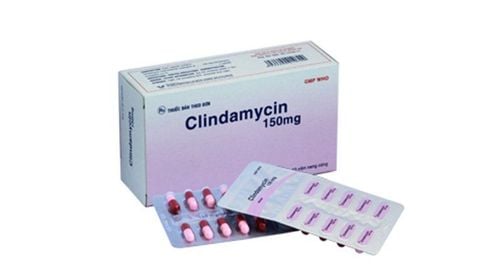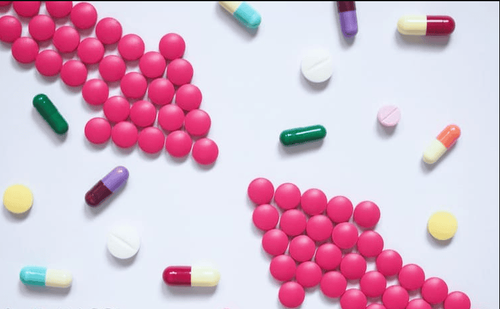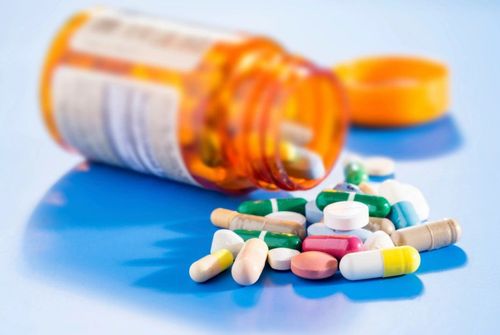This is an automatically translated article.
A drug interaction is a change in the effect of a drug under the influence of one or more other drugs, herbs, foods, beverages, or other chemicals. This changes the effectiveness of the drug and can even create serious drug interactions.1. What are drug interactions?
When combining drugs with each other or taking drugs with food, drinks... may change the effect of the drug, increase the effect or decrease the effect of the drug, causing dangerous reactions. to the body is called a drug interaction.Drug interactions are divided into two groups based on the mechanism of drug interactions, including pharmacokinetic and pharmacodynamic interactions. Specifically:
1.1. Pharmacokinetic interactions
An interaction that affects the processes of drug absorption, distribution, metabolism, and elimination of drugs in the body. Thereby, altering one or more of the kinetic parameters of these processes, leading to changes in pharmacological effects or increased toxicity of drugs. This type of interaction occurs throughout the body's circulation, making it unpredictable and often unrelated to the drug's mechanism of action.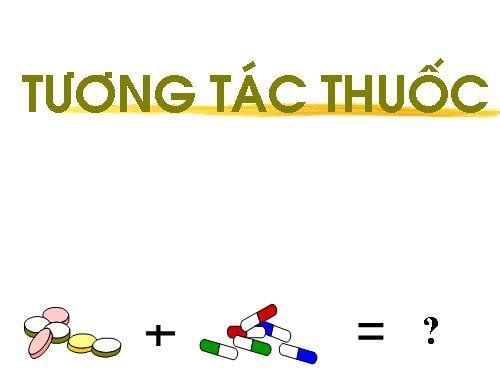
Tương tác thuốc xảy ra trên việc tác động lên các quá trình hấp thu thuốc
1.2. Pharmacodynamic interactions
These are interactions that occur at drug-binding receptors in organ tissues. Interactions can occur on the same receptor because drugs compete on that receptor or on different receptors, this type of interaction occurs when combining drugs with similar pharmacological effects and side effects. each other or have opposing effects. Pharmacodynamic interactions do not change the pharmacokinetic parameters but alter the patient's ability to respond to the drug. The resulting combination of drugs can lead to increased effectiveness or toxicity called synergistic effects or conversely, decreased effects are antagonism.Synergistic interactions encountered in clinical pharmacology practice, for example the combination of analgesics, non-steroidal anti-inflammatory drugs with opioid analgesics to increase the analgesic effect.
An antagonistic interaction is an interaction that occurs when two drugs that bind to the same receptor are used concurrently, causing competition or drugs with opposing effects, resulting in a decrease or loss of the drug's effectiveness.
MORE: Common dangerous drug interactions
2. Effects of drug interactions in clinical pharmacy
Drug interactions in clinical pharmacology can affect treatment outcomes. Specifically:
When choosing a drug, it is possible to apply the synergistic effect of drugs together to increase the effect of the drug. Drug interactions: The occurrence of drug interactions can reduce the effectiveness of one or more drugs being used. Therefore, the patient does not achieve the desired effect in treatment. In particular, interactions with groups of antibiotics reduce the effect of antibiotics, increasing the risk of drug resistance. For example, taking thyroid hormone and proton pump inhibitors at the same time can interfere with thyroid hormone absorption, reducing the effectiveness of thyroid hormone. Drug interactions that cause increased drug toxicity or dangerous effects on the body: This is most dangerous when combining groups of drugs or drugs together. Because there can be dangerous effects to the body, even the risk of death if not treated promptly. For example, if the antibiotic clarithromycin is combined with antihypertensive drugs, calcium channel blockers such as amlodipine... can cause hypotension and acute renal failure.
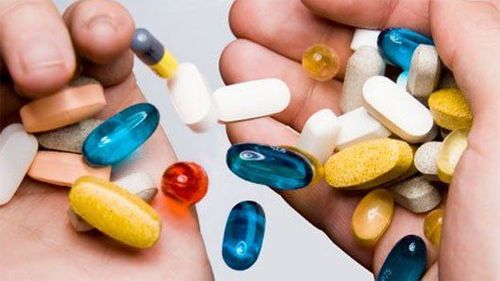
Tương tác thuốc làm giảm đi hiệu quả của thuốc
3. Measures to minimize drug interactions
Currently, a sick person may have to take many different drugs every day to treat the disease. Drug interactions between drugs can completely occur and leave serious harmful effects on patients, causing treatment failure. Therefore, measures to limit drug interactions that cause adverse effects for patients should be taken.
Some solutions to minimize drug interactions such as:
Know what drugs can interact with each other, especially drugs that can interact with each other to cause dangerous reactions to the body. It is necessary to exploit the use of drugs by patients when they want to prescribe drugs to treat diseases. Any medicine including herbal nutritional supplements, functional foods. The doctor should also exploit the daily diet, to help the patient avoid drug interactions with food and drink. Limit the use of drugs with adverse interactions for patients if not necessary, should be replaced with similar drugs with therapeutic effects. Drug interactions in clinical pharmacology are applied in the treatment of diseases, but in some cases increase toxicity or create dangerous reactions to the body. Understanding drug interactions when using a combination of drugs is very important to ensure that patients use drugs safely and progress well.
Please dial HOTLINE for more information or register for an appointment HERE. Download MyVinmec app to make appointments faster and to manage your bookings easily.




